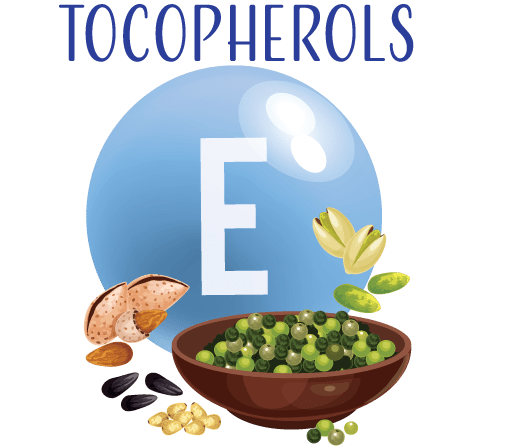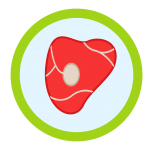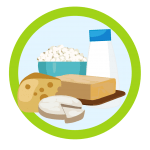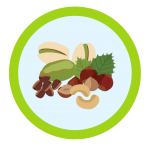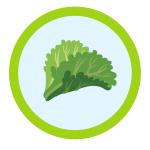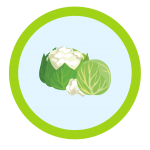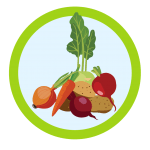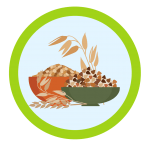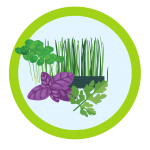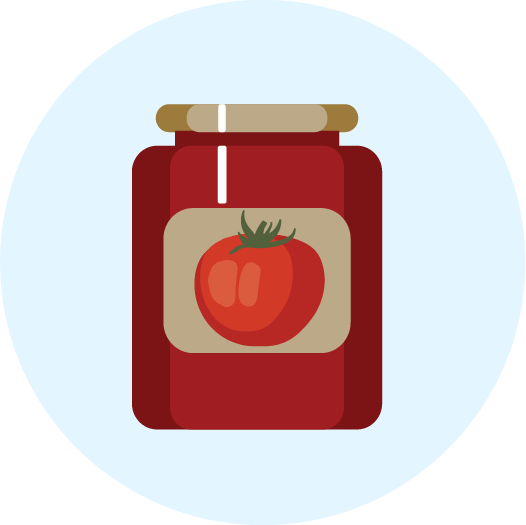Vitamin E also known as Tocopherol: Boost Your Health with these Food Sources
Vitamin E is often referred to as the “beauty vitamin” for its ability to promote healthy skin and hair. But did you know that this powerful antioxidant also plays a crucial role in preventing cancer and cardiovascular disease? In fact, vitamin E has a multitude of benefits that make it an essential nutrient for overall health.
It’s important to note that vitamin E is actually a family of eight different molecules that fall into two major groups: the tocopherols and the tocotrienols. Of all eight of these molecules, it is the alpha-tocopherol form that is the most potent.
To ensure that you’re getting enough vitamin E in your diet, make sure to consume plenty of foods that are rich in this essential nutrient. This includes nuts, seeds, leafy greens, and whole grains. By incorporating vitamin E into your daily diet, you can reap the many health benefits of this powerful antioxidant.
